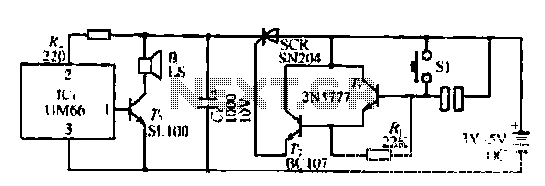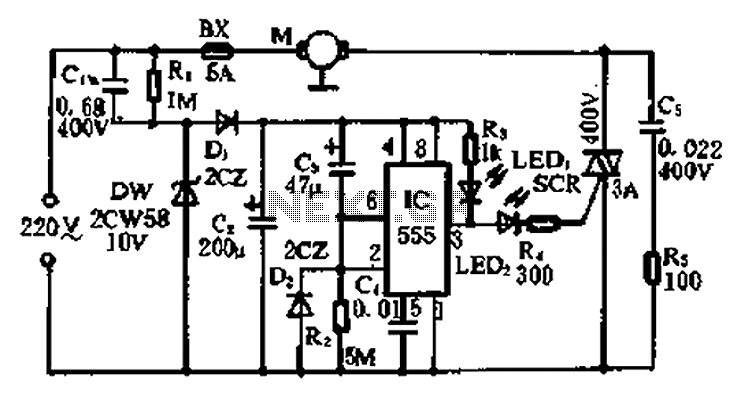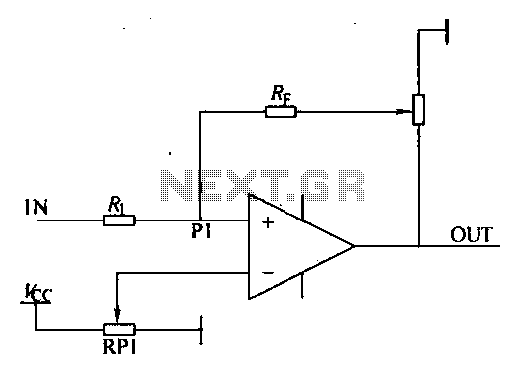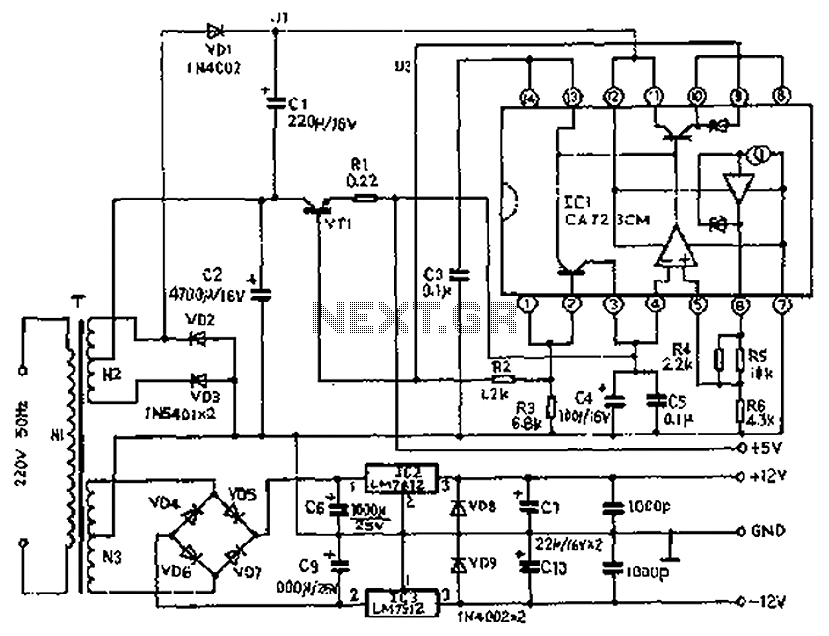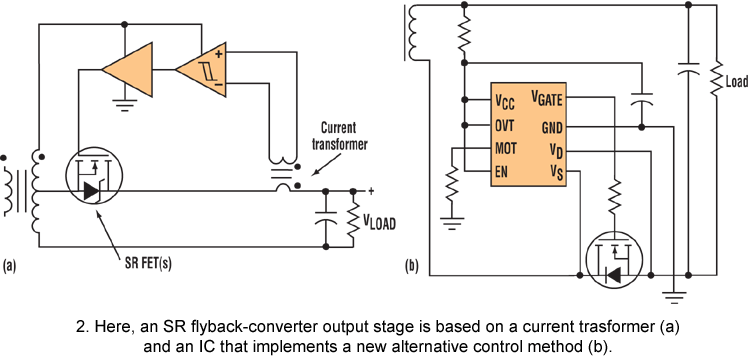
Negative Voltage Reference Circuit
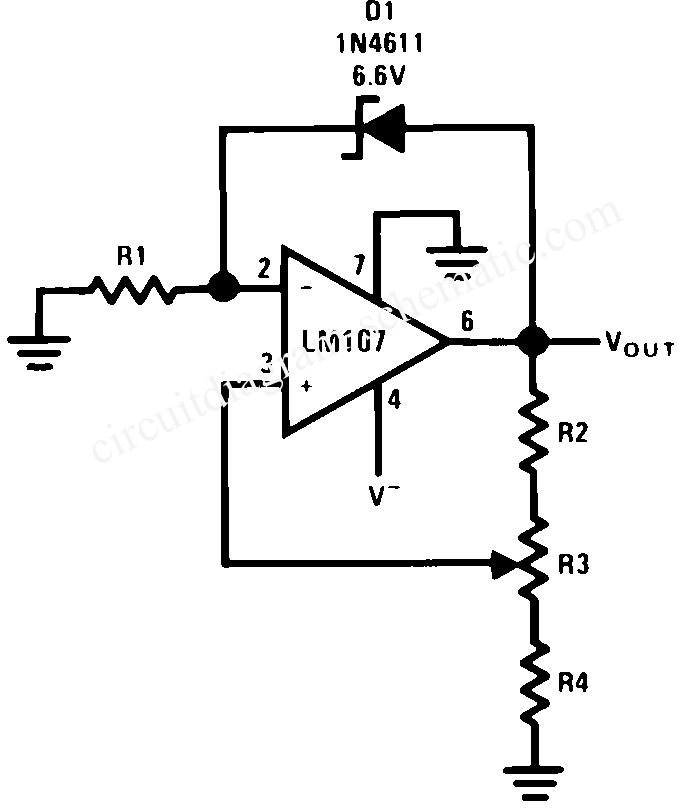
This circuit is an adjustable voltage reference circuit, which serves as a voltage source that provides a voltage greater than that of the reference diode. High precision applications that operate over an extended temperature range necessitate a restriction on the adjustment range of VOUT. When this restriction is implemented, resistor R1 can be selected to optimize the zener current, thereby minimizing the zener temperature coefficient (T.C.). Furthermore, since the zener current (IZ) is not dependent on the input voltage (V+), the reference temperature coefficient will remain independent of V+.
The adjustable voltage reference circuit typically consists of a zener diode, which establishes a stable reference voltage, and an adjustable resistor (R1) that allows for fine-tuning of the output voltage (VOUT). The zener diode is selected based on its voltage rating and temperature characteristics, ensuring that it operates within its optimal range to maintain accuracy across varying temperatures.
In practical applications, the circuit is designed to minimize variations in output voltage due to changes in temperature, which is a critical factor in high-precision environments. The selection of R1 is crucial; it must be chosen carefully to provide the necessary zener current (IZ) that ensures the zener diode operates in its breakdown region, thus achieving the desired output voltage stability.
The schematic representation of the circuit typically includes the zener diode connected in reverse bias, with the adjustable resistor R1 in series with the output. Additional components such as capacitors may be included to filter noise and enhance stability. The output voltage can be measured across R1, and adjustments can be made to achieve the required voltage level while maintaining low temperature coefficients.
Overall, this adjustable voltage reference circuit is essential for applications requiring precise voltage regulation and stability across a wide range of operating conditions.This circuit is a Adjustable voltage reference circuits, a voltage source which provides a voltage greater than the reference diode. High precision extended temperature applications of the circuit require that the range of adjustment of VOUT be restricted.
When this is done, R1 may be chosen to provide optimum zener current for minimum zener T. C. Since IZ is not a function of V+, reference T. C. will be independent of V+. Here is a schematic drawing : 🔗 External reference
The adjustable voltage reference circuit typically consists of a zener diode, which establishes a stable reference voltage, and an adjustable resistor (R1) that allows for fine-tuning of the output voltage (VOUT). The zener diode is selected based on its voltage rating and temperature characteristics, ensuring that it operates within its optimal range to maintain accuracy across varying temperatures.
In practical applications, the circuit is designed to minimize variations in output voltage due to changes in temperature, which is a critical factor in high-precision environments. The selection of R1 is crucial; it must be chosen carefully to provide the necessary zener current (IZ) that ensures the zener diode operates in its breakdown region, thus achieving the desired output voltage stability.
The schematic representation of the circuit typically includes the zener diode connected in reverse bias, with the adjustable resistor R1 in series with the output. Additional components such as capacitors may be included to filter noise and enhance stability. The output voltage can be measured across R1, and adjustments can be made to achieve the required voltage level while maintaining low temperature coefficients.
Overall, this adjustable voltage reference circuit is essential for applications requiring precise voltage regulation and stability across a wide range of operating conditions.This circuit is a Adjustable voltage reference circuits, a voltage source which provides a voltage greater than the reference diode. High precision extended temperature applications of the circuit require that the range of adjustment of VOUT be restricted.
When this is done, R1 may be chosen to provide optimum zener current for minimum zener T. C. Since IZ is not a function of V+, reference T. C. will be independent of V+. Here is a schematic drawing : 🔗 External reference
